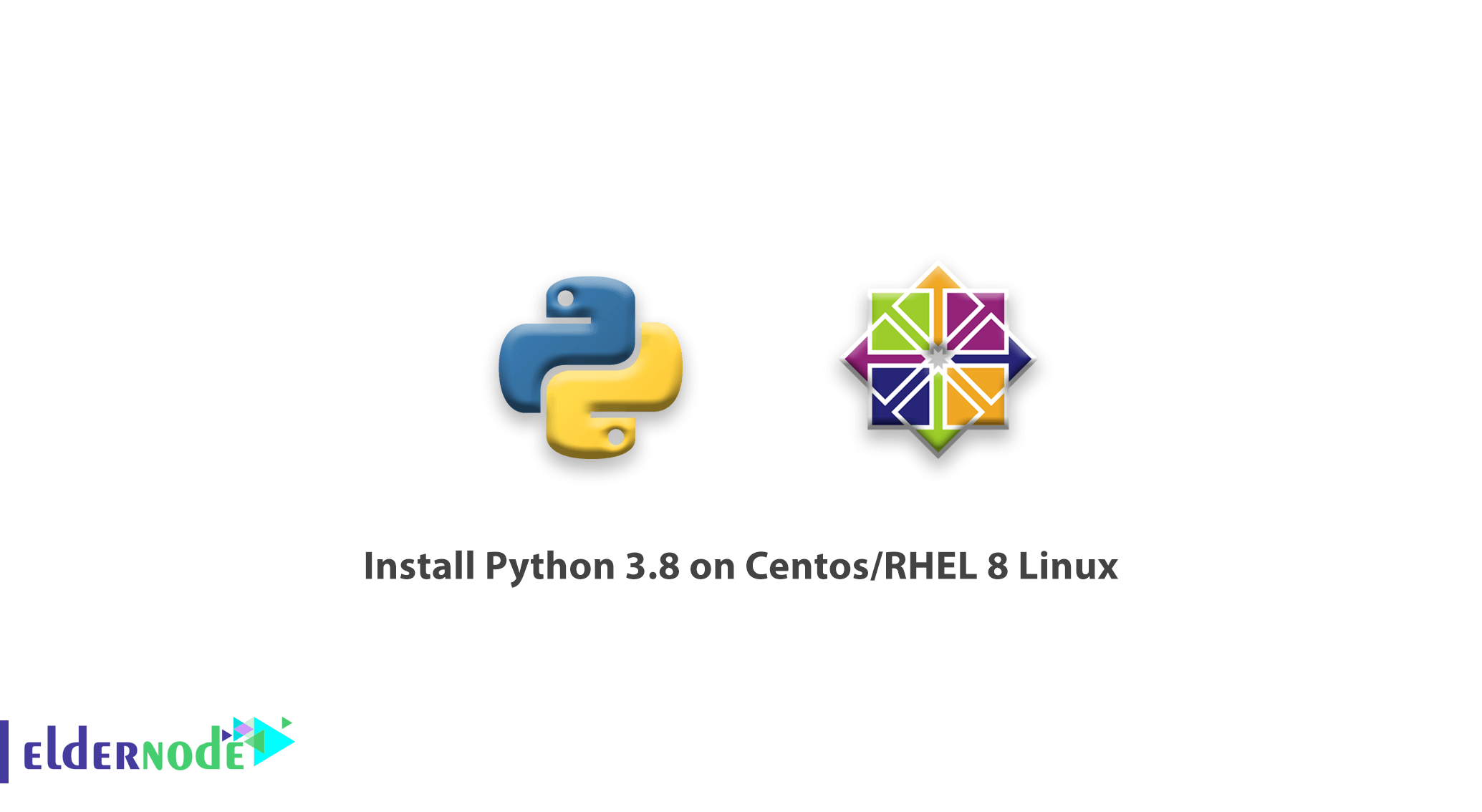

Last metadata expiration check: 0:40:47 ago on Sat 04:22:45 PM UTC. Install 3 Packages Installing Python 3.8 # dnf install python38Īnd the output will be similar to… # dnf install python38 Python3-setuptools noarch 39.2.0-6.el8 baseos 163 k Installing dependencies: python3-pip noarch 9.0.3-22.el8 appstream 20 k

Package Architecture Version Repository Size Last metadata expiration check: 0:28:39 ago on Sat 04:22:45 PM UTC. So its simple to install Python 3.6 Installing Python 3 # dnf install python3Īnd the output will be similar to the following, the default version Python 3.6 is installed with PIP and Setuptools packages. Add the following lines: echo 'eval "$(pyenv init -path)"' > ~/.zprofileĮcho 'eval "$(pyenv init -)"' > ~/.Python2-pip, and python2-setuptools packages will be installed too as dependencies.īy default app stream repositories contains python2, python36, python38, and python39 packages.Īnd you can search for new supported version newly added by #dnf search python. Open Terminal, then type in: brew install openssl readline sqlite3 xz zlibįinally, update the shell profile configuration, i.e ~/.zshrc if your default shell is ZSH. To make pyenv work, install build dependencies through Homebrew. The Homebrew Python documentation recommends pyenv to manage Python environments. You lose control over “site-packages” and all the PIP packages that you had installed might become inaccessible. For example, the "youtube-dl" package uses Python as its dependency, the Python package may get updated as and when needed. Many people prefer to use Homebrew to install software packages, but should you use it for Python development? The problem with using Homebrew Python is that it’s not in your control.

If you’re working on multiple Python projects, the default location, which needs sudo privileges, creates hurdles.


 0 kommentar(er)
0 kommentar(er)
